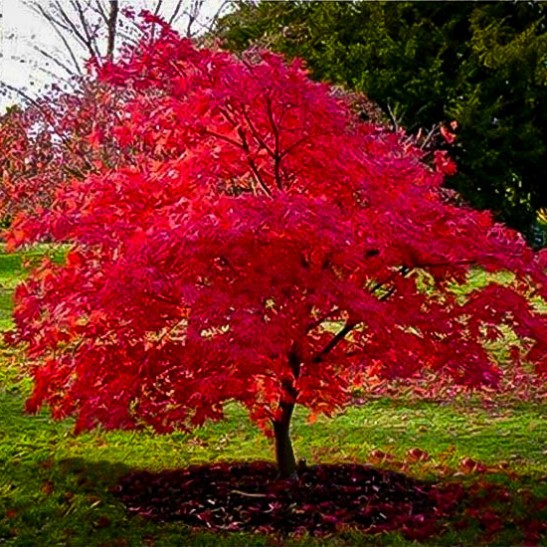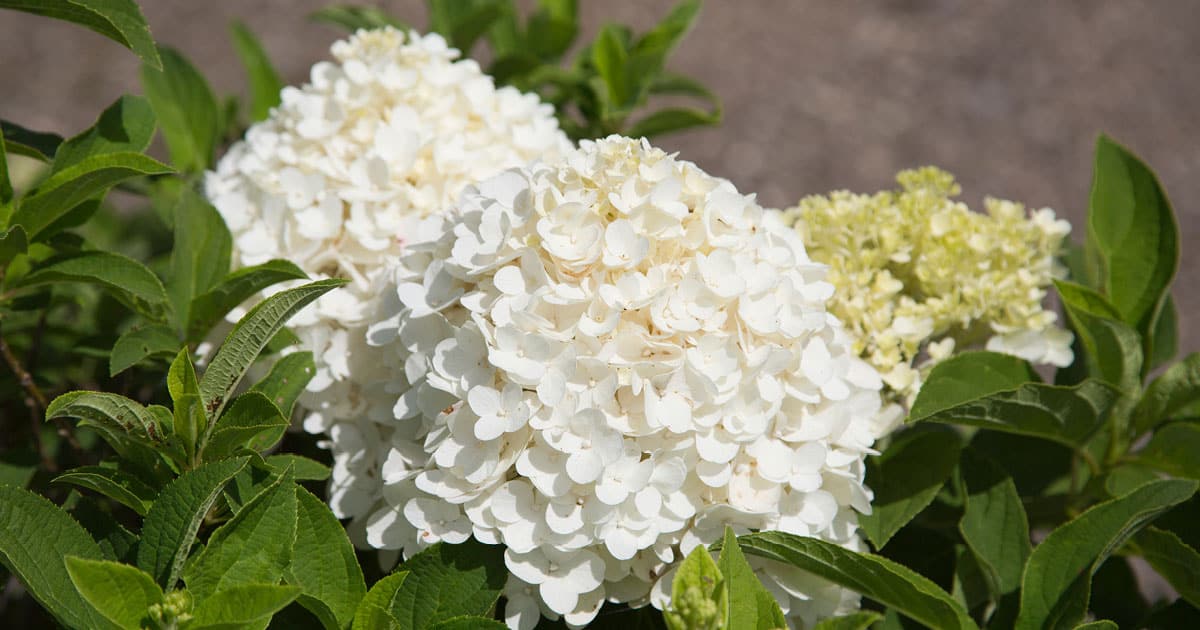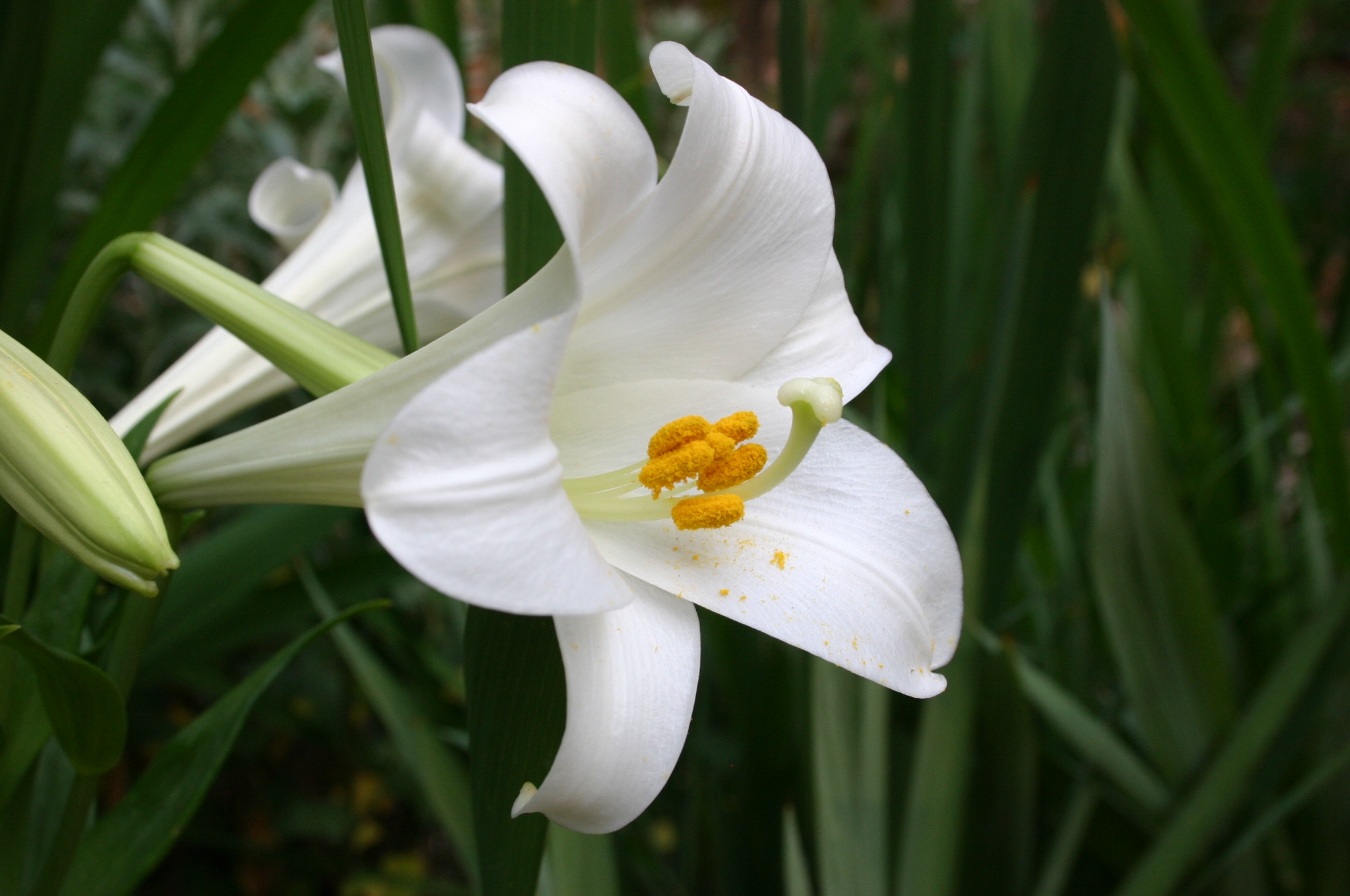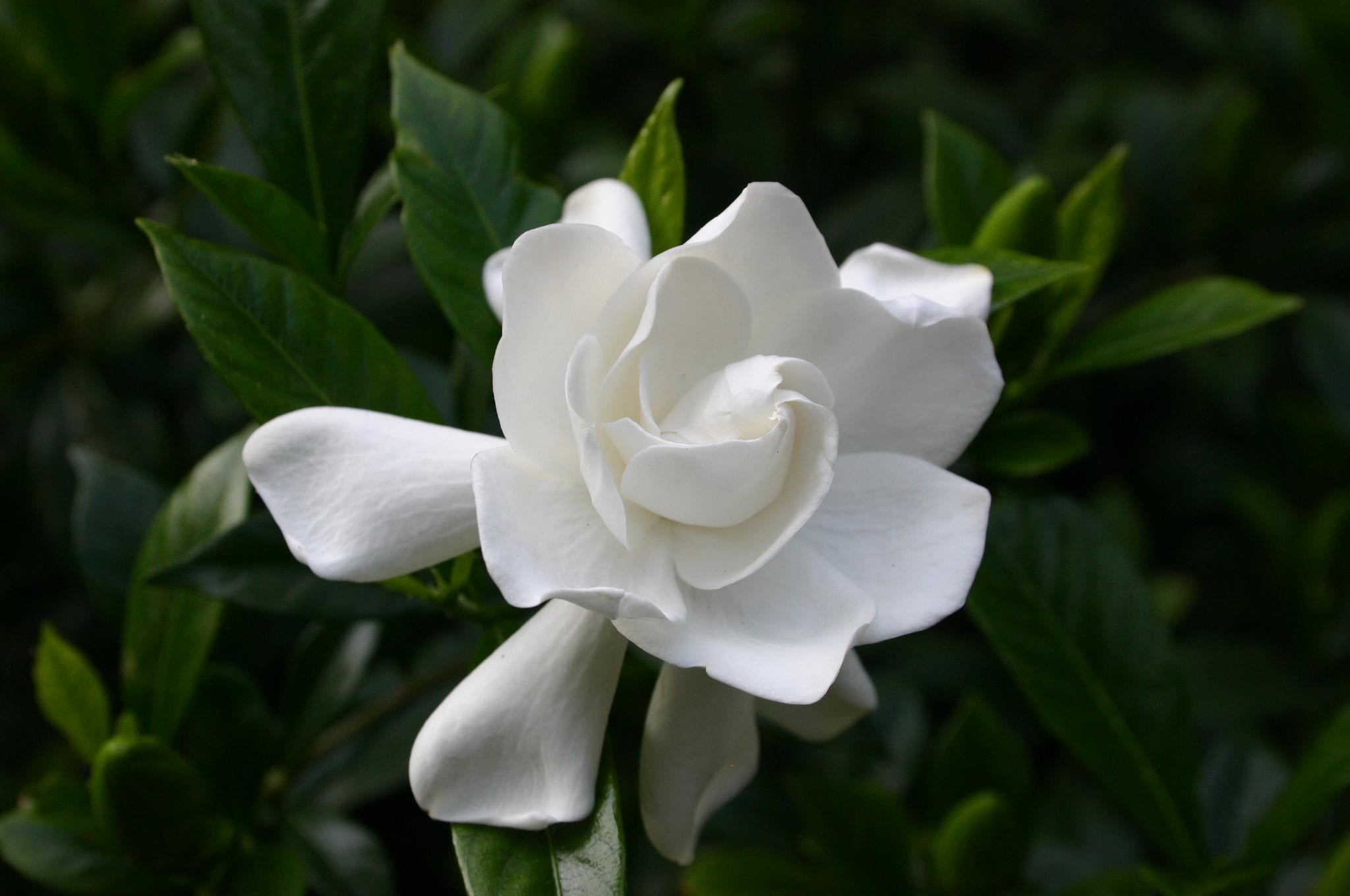This time around, we shall cover When Do Hydrangeas Bloom In Michigan. Obviously, there is a great deal of information on Hydrangeas Near Me on the Internet. The fast rise of social media facilitates our ability to acquire knowledge.
Endless Summer Hydrangea Michigan-related material is also connected to Which Hydrangeas Should Not Be Pruned and Gardening: Scouting out the right variety of Hydrangea. As for further searchable items pertaining to Hydrangea, they will likewise have anything to do with when do limelight hydrangeas bloom in michigan.

38 Reference List: When Do Hydrangeas Bloom In Michigan | Gardening: Scouting out the right variety of Hydrangea
- If your soil is rich, you may not need to fertilize hydrangeas. Too much fertilizer encourages leafy growth at the expense of blooms. The best way to determine your fertility needs is by using a soil test. - Source: Internet
- When it comes to flowering shrubs, hydrangeas rank No. 1 with many Michigan homeowners. The Holy Grail for many Michiganders is the bodacious mop head also called Big Leaf or florist hydrangea (H. macrophyllas), which sports large clusters of pink, red or blue flowers. - Source: Internet
- Like all trees, shrubs, and perennials, Hydrangeas overwinter best when they are fully hydrated. Water hydrangeas deeply a couple of times in fall. Winter winds can quickly dry out hydrangeas. Ample moisture in fall will help stems withstand freezing blasts of air. - Source: Internet
- – Blue hydrangeas from the bigleaf family are only blue because of the soil they are grown in. You can purchase a blue hydrangea and find it blooms a different color next year. Pink hydrangea – Pink hydrangeas range from hot pinks to barely blushing and can be found in several different types. - Source: Internet
- Hydrangeas like dappled or occasional shade, but they will not bloom in heavy shade. It isn’t so much a question of do they prefer sun or shade, but rather more of a question of how much sun do hydrangeas need? The further north your garden is located, the more sunlight your hydrangeas need. An average rule of thumb is six hours of sunlight per day. However, hydrangeas growing in the south can perform on only three hours of sunlight. - Source: Internet
- hydrangeas are the most common of all. They’re often found growing in Zones 5 through 9. Panicle hydrangeas are hardy to Zone 3. They’re easy growers, reaching up to 15 feet tall. - Source: Internet
- – While often trained to look like a tree, the Peegee (P.G.) is technically the Grandiflora cultivar from the panicle hydrangea family. Blue hydrangea – Blue hydrangeas from the bigleaf family are only blue because of the soil they are grown in. You can purchase a blue hydrangea and find it blooms a different color next year. - Source: Internet
- Cold Stream Farm has the most popular species of new and old-growth hydrangeas available for delivery throughout the continental U.S. or pickup from our nursery in Free Soil, Michigan. Buy hydrangea shrubs for your nursery or other plant business in bulk at affordable wholesale prices or individually at retail price for home and property owners. Like our other deciduous shrubs, hydrangea shrubs can be grown as bare root seedlings or transplants. - Source: Internet
- The third reason is why I am writing another article on hydrangea. I am sure I have written articles on hydrangeas before but they are such a remarkable group of plants. If you have not noticed they are now blooming and will continue their outstanding show of blooms well into the fall. I have to bore you with once again talking about growing these amazing plants. - Source: Internet
- hydrangeas are hardy to Zone 3. They’re easy growers, reaching up to 15 feet tall. Smooth hydrangeas are also known as snowballs because of their large white clusters of blooms. They’re an excellent choice in cold climates. - Source: Internet
- Flower-bud protection is the goal of caring for hydrangeas in winter. The simplest method is to mound shredded leaves or bark mulch around the base of the plant to about 12 inches or so. Put the mulch mound in place in late fall after the ground freezes, and uncover plants in spring when temperatures begin to stay above freezing. - Source: Internet
- The hydrangea blooming season depends upon the type and cultivar as well as your planting zone. Most new growth hydrangeas put on buds in early summer to bloom in the following spring, summer and early fall seasons. In hot climates, hydrangeas may stop blooming in the heat of summer, but will rebloom in the fall. - Source: Internet
- Smooth and oakleaf hydrangeas put out new shoots through underground stems. Just dig up the young plant and separate it away from the main plant. It can then be transplanted to a new location. - Source: Internet
- A hydrangea in full bloom is a colorful sight to celebrate. But did you know that some types of hydrangeas actually produce their flower buds during the growing season before blooming? The young, tender buds form in late summer and then need to hang on through whatever winter weather comes their way. If cold winds, subzero temperatures, and freeze-and-thaw cycles damage those buds, chances are you won’t see any hydrangea flowers the following spring or summer. Extra care for your hydrangeas in winter in colder regions will help maximize their blooms. Here’s what you can do to prepare your hydrangeas for the cold so you’ll be sure to enjoy their beautiful flowers once again. - Source: Internet
- Mountain hydrangea (H. serrata) is similar to the bigleaf hydrangea. The plants tend to be more compact and refined with smaller leaves and flowers. There are reports that the plants tend to be hardier than the bigleaf hydrangeas. Prune and treat them as you would bigleaf hydrangea by only cutting away any winter dieback. - Source: Internet
- Water at a rate of 1 inch per week throughout the growing season. Deeply water 3 times a week to encourage root growth. Bigleaf and smooth hydrangeas require more water, but all varieties benefit from consistent moisture. Use a soaker hose to water deeply and keep moisture off the flowers and leaves. Watering in the morning will help prevent hydrangeas from wilting during hot days. - Source: Internet
- If you’re looking for a garden flower with show appeal, hydrangea flowers are truly stunning. Large globes of flowers cover this shrub in summer and spring. Although their appearance may seem high maintenance, with the right conditions and care, hydrangeas are actually fairly easy to grow. So grab your garden gloves, because our growing hydrangeas guide will have you ready to plant in no time. - Source: Internet
- If you trim your plants in fall or winter, you may mistakenly remove flower buds for the following year on bigleaf and oakleaf hydrangeas. Leaving the old flower heads on the plants will also add some interest to the winter landscape. It’s best to save hydrangea pruning chores until spring or summer after plants bloom (don’t worry, the new growth will soon hide any dead stems from the following year). - Source: Internet
- Hydrangeas that bloom in spring and early summer are likely bigleaf or oakleaf hydrangeas. These hydrangeas bloom from flower buds created the previous summer or fall (a few varieties, such as Endless Summer hydrangeas, also form buds the same year as they bloom). If extreme cold or drying winter winds are a challenge in your region, consider adding some winter protection around these spring and summer-blooming shrubs. If you live in a milder climate and haven’t had trouble with your bigleaf or oakleaf hydrangea blooming in the past, you probably don’t need to protect your plant. - Source: Internet
- Blooming in spring and summer, the hydrangea is considered a shrub. But despite their ability to be rather large showstoppers in your yard, how to grow hydrangeas isn’t a question even the novice gardener will need to ask – these beauties all but grow themselves. Reaching up to 15 feet in height, the hydrangea grows quickly and often fills in a space in just one summer. You’ll find hydrangeas growing in hardiness Zones 3 to 7 as perennials. With flowers starting in spring and often last throughout summer into early fall, hydrangea flowers can be the foundation plant of your landscape. - Source: Internet
- A soil pH test can help you accurately adjust your hydrangea color. Avoid pH levels above 7.5 to prevent damage to the plant. No matter what adjustments you’ve made, all hydrangeas will naturally fade in the fall. Don’t worry – the plant will showcase fresh, colorful blooms again in the spring. - Source: Internet
- The time to prune bigleaf hydrangeas is early spring where you should only remove dead wood. If you remove live wood, you are risking the chance of removing flower buds. Bigleaf hydrangeas will die back and so this is really the only time you will need to prune this type of hydrangea. - Source: Internet
- Deadheading hydrangeas will keep your plants blooming into fall. You don’t have to wait until the flower wilts – hydrangeas make excellent cut flowers. Leave those early fall blooms in place to fade on their own. You don’t want to encourage new growth close to your freeze date. - Source: Internet
- When it comes to classic garden plants, nothing will turn heads and draw eyes like the illustrious hydrangea shrub. Popular for their large, round, and colorful flower heads, hydrangeas will add showstopping beauty to any landscape. Because of their quick growth, expansive size, and long-lasting blooms, they’re an ideal foundational plant for gardens big and small. - Source: Internet
- Panicle (H. paniculata) and Smooth (H. arborescens) hydrangeas are pruned BEFORE flower buds are formed. These varieties bloom on the current season’s stems (“new wood”). - Source: Internet
- hydrangeas thrive in warmer zones. If you live in Zone 5 or warmer, oakleaf hydrangeas are a great choice, as they’re able to withstand the heat of summer. Bigleaf hydrangeas are the most common of all. They’re often found growing in Zones 5 through 9. - Source: Internet
- If they have enough room to grow, hydrangea shrubs require minimal pruning. You may deadhead hydrangeas through early fall to encourage longer blooming. If you do need to trim back hydrangeas, cut one or two of the oldest stems at the base. For old-growth species, prune in mid-summer after they have bloomed. For new-growths, prune in late winter before the spring growing season. - Source: Internet
- Many of our readers’ questions involve pruning hydrangeas. And no wonder—it’s confusing, and all depends on the variety of hydrangea. Luckily, as long as you know which type you’ve got, it’s easy to figure out what sort of pruning technique to employ. Learn the essentials below, then read more about how to prune hydrangea varieties here. - Source: Internet
- Here in Michigan, reblooming hydrangeas are said to thrive in five to six hours of sun, spending their afternoons in the shade in an area that is protected from high winds. They should be planted in organic rich soil – I’ll be adding a combination of Canadian sphagnum peat moss, compost and composted pine bark to the backfill soil. I’ve become a huge fan of using Mychorriza and beneficial microbes when planting, so I’ll dust Assure Transplant Success granules on the root ball and in the planting hole. It’s available at English Gardens, Van Attas in Haslett and Soulliere Garden Center in St. Clair Shores. - Source: Internet
- Hydrangeas should be planted in fall or early spring to allow the root system enough time to develop. Once established, hydrangeas grow rapidly (approximately 24 inches of growth per year). This shrub can adapt to a wide range of different growing conditions, as long as they have proper care. - Source: Internet
- I did not know much about hydrangeas at all, but one day I spotted one and realized something was very wrong with ours. It had beautiful blue flowers on it, and more than just a few. So, I spent some time last year researching and came across your website which provided me all the knowledge I needed. - Source: Internet
- Throughout the growing season, hydrangeas should receive approximately one inch of water per week, or even two during hotter and drier periods. Deep watering three times per week, as opposed to more frequent shallow watering, will be optimal for root growth. Try to water your hydrangeas in the morning to prepare them for the afternoon heat. The use of organic mulch will help retain soil moisture, keep soil cool, and provide more nutrients—just be careful not to over-mulch and waterlog the roots. - Source: Internet
- The stunner that started the Endless Summer® series—a group of hydrangeas with longer blooming seasons. That’s because this variety produces flowers on last year’s older wood earlier in the season and this year’s new wood, later in the season. The flowers are worth the longer show, growing in big mophead clusters. Great for borders or containers, where butterflies and other beneficial pollinators can reach. Make sure your soil is alkaline if you’d like pink blooms, or acidic if you’d prefer blue. - Source: Internet
- Shade. While bigleaf hydrangeas do best in dappled sunlight, or morning sun and afternoon shade, they may not get enough sunlight to trigger flowering in full shade. Solve the problem by moving the plant to a brighter location. - Source: Internet
- It’s not every hydrangea that changes color. The color of some Bigleaf hydrangeas (H. macrophylla)—especially Mophead and Lacecap types—and H. serrata cultivars change color based on the soil pH. - Source: Internet
- Hydrangeas do not respond well to hard pruning. Whilst hard pruning is not necessarily detrimental to the health of your hydrangea, it can cause it not to display flowers for up to two years. Hard pruned hydrangeas that are cut well back tend to grow back with lots of new shoots and green foliage but with no flowers. - Source: Internet
- Most flower buds develop on the old stems. Once these stems are damaged in a late freeze, new flowers will not appear until the following year and only then if it is a milder spring. (This is the rule for the vast majority of mopheads [macrophyllas] but there are exceptional hydrangeas that will bloom despite this damage) - Source: Internet
- The first step in planning winter care is to get a good idea of what kind of hydrangea you are growing. If your hydrangea doesn’t bloom in spring but instead blooms exclusively in mid to late summer, it’s likely a smooth or panicle hydrangea. These varieties produce flower buds in spring. Because smooth and panicle hydrangeas develop flower buds and bloom in the same growing season, they rarely require extra winter care. - Source: Internet
 Here are some recommendations for locating information about Gardening: Scouting out the right variety of Hydrangea to get you started:
- Research Hydrangea-related information from credible sources. This includes libraries, websites, and even journalistic professionals.
- When researching When To Trim Hydrangeas In Michigan, it is vital to be aware of the numerous sorts of electronic media sources, such as Google and YouTube. Social media networks, such as Facebook and Twitter, are also likely to include information on Hydrangea.
Here are some recommendations for locating information about Gardening: Scouting out the right variety of Hydrangea to get you started:
- Research Hydrangea-related information from credible sources. This includes libraries, websites, and even journalistic professionals.
- When researching When To Trim Hydrangeas In Michigan, it is vital to be aware of the numerous sorts of electronic media sources, such as Google and YouTube. Social media networks, such as Facebook and Twitter, are also likely to include information on Hydrangea.Video | When Do Hydrangeas Bloom In Michigan
To obtain the most accurate information on Michigan Hydrangeas, it is essential to investigate the credibility of each source by reading.
This page contains multiple When Do Limelight Hydrangeas Bloom In Michigan-related films from a variety of sources, which can expand your understanding about Gardening: Scouting out the right variety of Hydrangea. Internet is an excellent resource for getting information on a range of subjects.
## Here are some crucial aspects concerning Endless Summer Hydrangea Michigan:- When Do Hydrangeas Bloom In Michigan
- When Does Hydrangeas Bloom In Michigan
- What Month Do Hydrangeas Bloom In Michigan
- When Do Hydrangeas Bloom In Mi
- When Do Limelight Hydrangeas Bloom In Michigan

With so many websites and forums giving Hydrangea-related information, it is not difficult to locate what you want.
This is a highly unconventional method for obtaining knowledge on Endless Summer Hydrangea Michigan, compared to what most people are accustomed to. It permits a more in-depth examination of the content and application of information regarding When Do Limelight Hydrangeas Bloom In Michigan.
 Methods for creating aesthetically pleasing and informative presentations of When to Prune Hydrangeas information. They can be utilized in business and marketing environments to convey messages regarding Hydrangeas. Consequently, we additionally supply photographs regarding Hydrangeas.
Methods for creating aesthetically pleasing and informative presentations of When to Prune Hydrangeas information. They can be utilized in business and marketing environments to convey messages regarding Hydrangeas. Consequently, we additionally supply photographs regarding Hydrangeas.
This article concludes by providing an overview of When Do Limelight Hydrangeas Bloom In Michigan. In addition, Which Hydrangeas Should Not Be Pruned and When Do Hydrangeas Bloom are discussed to compare your understanding of How To Winterize Hydrangeas In Michigan.